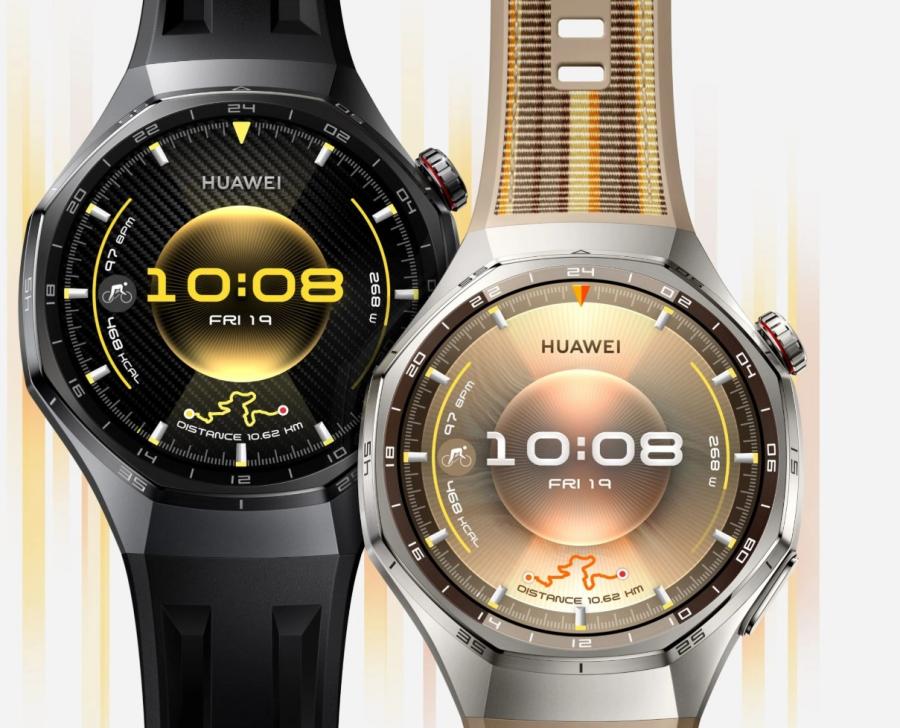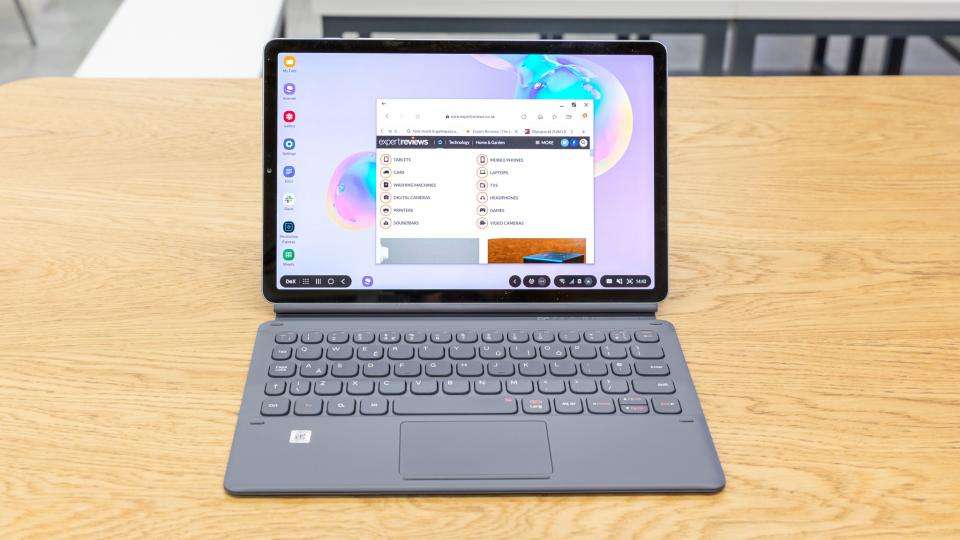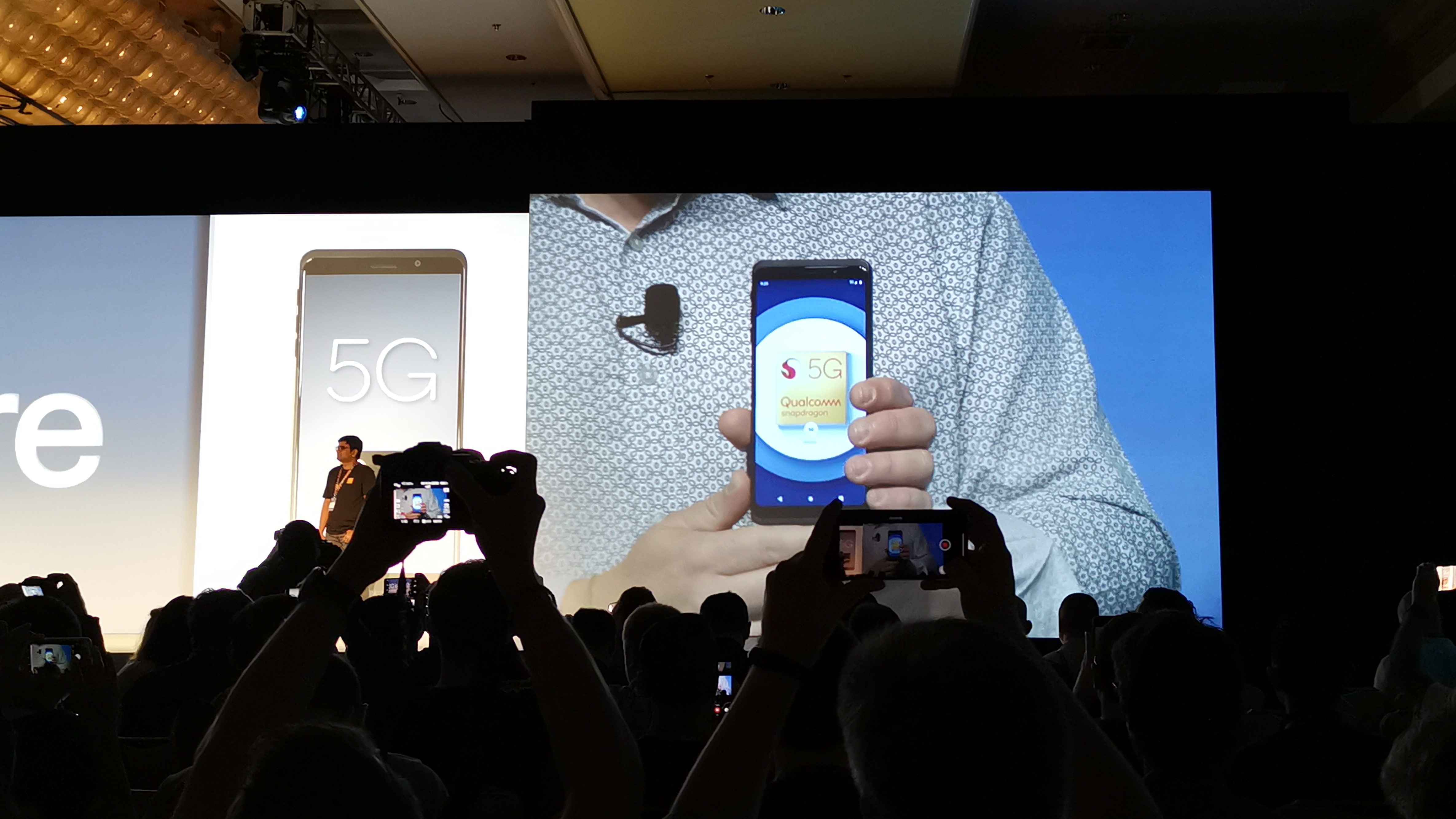Fitness trackers have a function, but smartwatches provide greater depth for runners who prioritize performance. The key distinction is in sophisticated features: smartwatches offer precise heart rate zone training, GPS navigation, recovery measures, and personalized exercises. They interact with training systems and provide live coaching tools during exercises. While fitness trackers monitor steps and sleep quality, smartwatches give a comprehensive perspective of running health. Runners want real-time data, not just aggregated activity reports. Smartwatches provide you with an advantage whether training for a race or planning your mileage. Understanding heart rate zones and how smartwatches may help you exercise in them is critical to increasing endurance, speed, and avoiding burnout week after week.

Why Do Heart Rate Zones Matter for Distance Runners?
What Each Heart Rate Zone Means
Heart rate zones are five-level categories depending on your maximal heart rate. Zone 1 requires relatively little effort—ideal for rehabilitation. Zone 2 promotes cardiovascular endurance through low-intensity, fat-burning exercise. Zone 3 boosts stamina but remains reasonable. Zone 4 pushes into the anaerobic area, which is beneficial for speed and tempo activity. Zone 5 is maximum effort, which is reserved for brief sprints and race finishes. Each zone trains a distinct energy system, which influences how your body adjusts. Long-distance runners gain the most from spending time in Zones 2 and 3, which increase aerobic capacity and fatigue resistance. Knowing what each zone accomplishes allows runners to train smarter, not harder, for long-term results.
How Smartwatches Track Your Zones
Smartwatches use optical sensors on the wrist to measure heart rate zones. These sensors flash light into the skin and measure blood flow to determine beats per minute. Your watch then compares your heart rate to pre-programmed or customizable zones. Some models employ age-based formulae, but others adjust over time depending on heart rate variability or fitness level. During runs, timepieces indicate which zone you're in and how long you've been there. Many include tactile or audible signals as you enter or depart a zone, helping you stay on track. This immediate input allows runners to stay in the proper zone, whether they're focusing on endurance or intervals with accuracy and confidence.
Common Mistakes Runners Make with Zone Training
Many runners misinterpret zone training and either miss easy runs or push too hard too frequently. One typical error is to continually exercise in Zone 3, sometimes known as the "gray zone," where effort feels productive but leads to overtraining and no evident results. Others skip rest days and spend excessive time in high-intensity zones. Failure to update the watch's max heart rate settings results in erroneous zone tracking. Another problem is mindlessly following watch data without considering effort levels. Zone training involves intention—knowing why you're in a specific zone and what value it delivers. When utilized correctly, heart rate zones can assist in arranging training weeks for endurance, speed, and recovery balance.

How to Use Your Smartwatch to Improve Zone Training
Set Up Accurate Heart Rate Data
Begin by customizing your heart rate zones in your smartwatch settings. Use age-based calculations or, for more accuracy, take a max heart rate test under supervision or during an intense workout. Many watches accept user input or may automatically change based on performance data. To achieve clear, consistent readings, make sure the watch fits tightly during your runs. If wrist sensors fail to provide consistent data, consider coupling with a chest strap for increased accuracy. Before starting a training regimen, you should calibrate your data. With the proper heart rate zones in place, every session—whether easy, moderate, or intense—becomes matched with a specific physiological goal, enhancing both safety and outcomes over time.
Customize Zone Alerts and Training Screens
Smartwatches let runners customize warnings for each heart rate zone. Set up vibration or auditory cues to alert you when you've entered or exited your target zone without glancing down. Set up your training displays to show heart rate, zone color, pace, and time spent in each zone. Many platforms, including Huawei, include customisable data fields for real-time feedback. During intervals, your watch may help you push or ease off based on your heart rate. These minor changes add up to wiser, more focused exercises. Whether you're focused on road running and trail sessions, personalized alerts keep you focused and remove guesswork. When your watch delivers zone-specific cues, you stay engaged with your training objective every step of the run.
Review Post-Run Metrics for Better Progress
After each run, your smartwatch syncs data to an app where you can examine the time spent in each heart rate zone. Analyzing these breakdowns helps you determine if you met your training goals. If a recovery run veered into Zone 3 or an interval session failed to reach Zone 5, you can modify future efforts. Look for tendencies in weekly summaries, such as unequal time in high zones or an insufficient number of simple runs. Many watches provide recuperation forecasts, training load assessments, and adaptive suggestions. Tracking post-run zone data raises awareness and encourages better pace. Regularly examining this input converts raw data into genuine progress over time.
What Heart Rate Zone Should You Train In Most?
Building Endurance with Zone 2 Runs
Zone 2 training is the basis for endurance running. This low-intensity zone maintains your heart rate while allowing you to converse. It helps your body burn fat more effectively and develops a strong aerobic basis. Most long runs, easy runs, and recovery days fall under this category. Though it may appear sluggish at first, continuous Zone 2 exercise boosts endurance, improves fat metabolism, and lowers injury risk. Smartwatches can assist by displaying your current heart rate and notifying you if you enter a higher zone. For runners seeking to go farther with less tiredness, Zone 2 should account for the bulk of weekly mileage to ensure long-term progress.
Boosting Speed with Zone 4–5 Workouts
Runners must exercise in higher heart rate zones, notably Zones 4 and 5, to enhance speed and power. These zones concentrate on sprint performance, lactate threshold, and anaerobic capacity. Your heart rate is pushed into these higher regions by race-pace workouts, tempo runs, and brief intervals. Zone 4–5 training is hard, but it increases cardiovascular strength and the amount of time you can maintain faster rates. Interval timers and zone alarms are features that smartwatches offer to help direct effort during these periods. They make sure you work hard enough throughout repetitions and recuperate well in between. Although speed practice should only be done a few days a week, it is nevertheless crucial for runners who want to improve their speed and prepare for race day.
Balancing Weekly Mileage Across Zones
Effective training distributes time throughout heart rate zones to reduce fatigue and enhance improvements. The majority of your weekly mileage—60 to 80 percent—should take place in Zone 2 for aerobic improvement. The remainder is divided between Zone 3 tempo attempts and tougher Zone 4-5 intervals. Recovery runs remain in Zone 1. Smartwatches track this distribution using weekly summaries and training load ratings. If you continually run in the intermediate zones, your body will miss out on both endurance and speed gains. Reviewing zone data helps you fine-tune your week and ensure a healthy balance. Balance helps runners gain durability, increase performance, and minimize injury risk. Smart zone tracking converts effort into structure, resulting in better running.
Conclusion
Smartwatches go well beyond simple tracking, providing real-time heart rate zone feedback that affects how runners train. Understanding each zone and utilizing your watch to guide effort allows you to personalize each session for endurance, speed, or recuperation. Smartwatches measure real-time information, send alarms, and provide post-run analysis to help runners avoid frequent mistakes and develop healthier habits. Choosing the proper zones at the right time reduces overtraining and yields better outcomes. Whether you're a newbie learning about tempo runs or an experienced runner looking to set a new PR, a smartwatch makes zone-based training more precise, successful, and sustainable.











